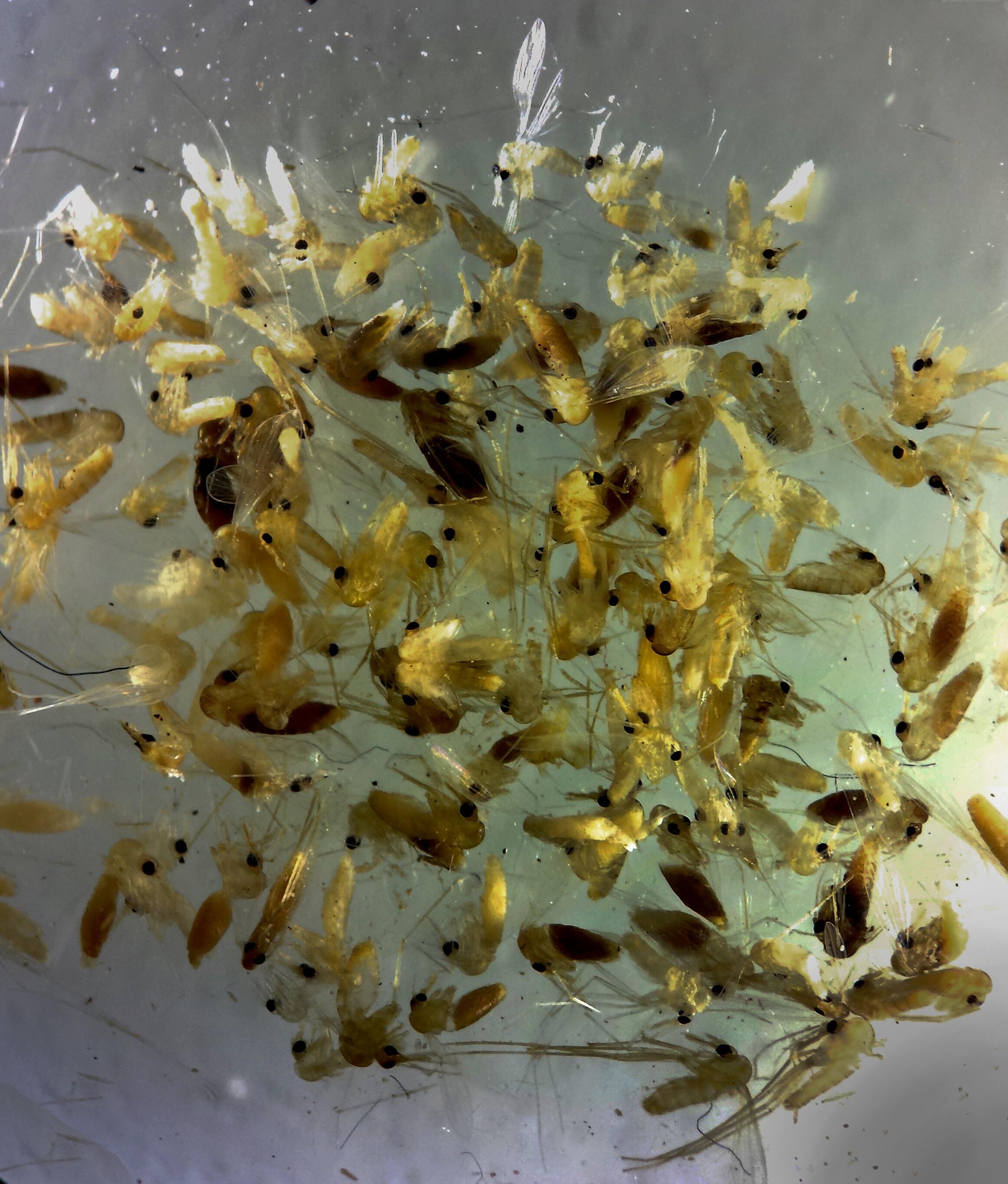
Some months ago, online articles with tragically gruesome headlines had been claiming that corpses thrown into Syrian streets, particularly in areas dominated by the so-called Islamic State, are the cause of cutaneous leishmaniasis (CL) outbreaks.
These headlines quickly disseminated, generating sensationalized, ill-informed speculation on how the disease spreads or how it can be controlled. Worryingly, the flesh-eating story is once more being shared on social media without concerns regarding the accuracy of the news content after a series of publications in Emerging Infectious Diseases and PLoS Neglected Tropical Diseases from Alvaro Acosta-Serrano’s group from the Department of Parasitology, at the Liverpool School of Tropical Medicine, in collaboration with Baylor College and the University of Oxford.
Leishmaniasis, a Neglected Tropical Disease, has been endemic in Syria for over two centuries, with the first case ever reported being as early as 1745, when it was known as the “Aleppo boil”. But the current Syrian refugee crisis has precipitated a catastrophic outbreak of CL now affecting hundreds of thousands of people living in refugee camps or trapped in conflict zones around the Middle East. A similar situation may also be unfolding in eastern Libya and Yemen. CL is characterized most notably by disfiguring skin lesions, nodules, or papules, and in the Middle East and North Africa (MENA) region and the disease is primarily caused either by Leishmania tropica or L . major . Large, painless lesions develop on the face and limbs, and the scars result in lifelong social stigma. The misused term ‘flesh-eating’ actually refers to a completely different and rare infection where bacteria cause painful ulcers. As explained in a recent commentary article published in Trends in Parasitology, humans only contract the disease through the bite of infected sandflies, small insects that require blood from living animals to develop eggs: they do not feed on human remains.
There is no vaccine to treat or prevent CL, but the disease is treatable with anti-leishmanial drugs, although the spread of drug-resistance has become an increasing problem in some areas. Furthermore, CL outbreaks can be controlled by reducing the population of animal reservoirs and insecticide spraying. At LSTM researchers are currently involved in understanding the spread of the disease, its control and diagnosis. One major aim is to develop a rapid diagnostic test (RDT) which can be applied in the field and distinguish between the two different types of CL, one of which (L. tropica) is unresponsive to the most commonly used anti-leishmanial drugs.